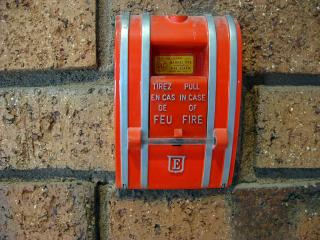One should always be cautious about noisy announcements regarding climate related technologies. The mainstream media is all-too-willing to repeat them without much investigation or consideration. That said, there is every likelihood that concern about climate change (and increasingly stringent regulations) will produce dramatic breakthroughs in climate relevant technologies. One area in which that could occur is in relation to carbon capture and storage. At present, this is quite an energy intensive process, largely because of the difficulty of separating CO2 from the other flue gasses being produced by a power plant or factory. Some new research suggests that zeolitic imidazolate frameworks could do this much more efficiently than the amine scrubbers currently being tested.
The authors suggest that these crystals could be and inexpensive and durable way to isolate CO2 for sequestration. Their central conclusions about the materials sound promising:
Members of a selection of these ZIFs (termed ZIF-68, ZIF-69, and ZIF-70) have high thermal stability (up to 390°C) and chemical stability in refluxing organic and aqueous media. Their frameworks have high porosity (with surface areas up to 1970 square meters per gram), and they exhibit unusual selectivity for CO2 capture from CO2/CO mixtures and extraordinary capacity for storing CO2: 1 liter of ZIF-69 can hold ~83 liters of CO2 at 273 kelvin under ambient pressure.
If so, they could help reduce the costs associated with installing and operating CCS equipment – a particular boon given the likelihood that coal use will remain a feature of many economies and some processes – like concrete manufacture – are extremely hard to decarbonize.


Have there been any tests where these crystals were actually used to extract CO2 from a hot stream of flue gas?
Not that I know of. Hopefully, that will happen soon.